Introduction of defective beans in coffee roasting
Moldy beans: because of incomplete drying, or damp in the process of transportation and storage, cyan and white molds grow, which sometimes make the beans stick together. If these moldy beans are not removed, they will produce moldy smell.
Dead beans: beans with abnormal results. The color is not easy to change because of baking, so it is easy to distinguish. The flavor is thin, as harmful as silver skin, and will become a source of peculiar smell.
Immature beans: beans picked before they are ripe have a fishy, disgusting taste. Leaving raw coffee beans for years is a strategy to deal with these immature beans.
Shell beans: produced by poor dryness or abnormal mating; the beans break from the central line and the inside is turned out like a shell. Shell beans can cause uneven baking and are easy to catch fire during deep baking.
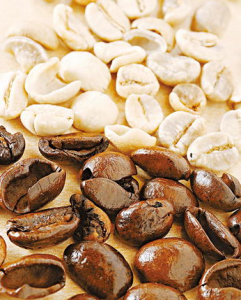
Moth-eaten beans: moths invade and lay eggs when the coffee fruit is ripe and red, and the larvae eat the coffee fruit and grow, leaving traces of moth on the surface of the beans. Worm-eaten beans can cause the coffee liquid to be cloudy and sometimes produce a strange smell.
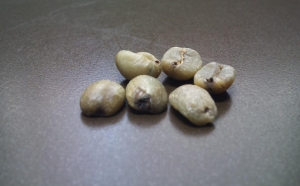
Black beans: beans that mature early and fall to the ground and ferment and blacken when they come into contact with the ground for a long time. It can be easily removed by hand-selected steps. Coffee mixed with black beans will smell rotten and cloudy.
Over-dried beans (cocoa): it is caused by natural drying that the pulp remains and is not fully shelled. With iodine flavor, soil flavor and other flavor, it will give off a bad smell.
Shell beans: endocarp covers the inside of the pulp of coffee beans and remains on the washed coffee beans. The poor heat permeability when roasting and sometimes burning is the reason for the astringent taste of coffee.
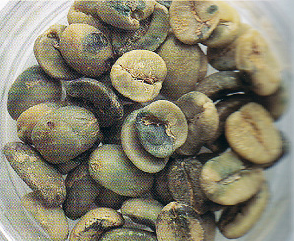
Others include broken beans, red peel beans (beans that rain naturally and taste dull), stunted beans (small grains of beans that stop growing due to lack of nutrients, strong flavor), and sometimes mixed with corn or pepper, and so on.
Stone: beans harvested are easily mixed with stone or sawdust because of natural drying.
Of course, after recognizing the defects in these coffee beans, is everything going well? certainly not. It just makes people understand them. In the actual bean selection process, they still have their own coolies to choose beans by hand.
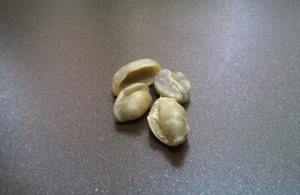
Important Notice :
前街咖啡 FrontStreet Coffee has moved to new addredd:
FrontStreet Coffee Address: 315,Donghua East Road,GuangZhou
Tel:020 38364473
- Prev
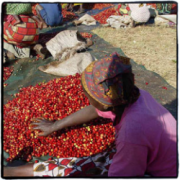
AA + Lupili Village, Zambia
Zambia began its history of coffee cultivation by introducing bourbon coffee from Kenya and Tanzania in 1950. Zambian coffee has a brightness similar to that of Kenyan coffee, but it is more subtle, complex and well-balanced.
- Next

[90 + boutique coffee] Honey Kiss NekisseN2
Honey kiss NekisseN2 [origin]: 90 + Ethiopian Wellega (Woliga) and Sidama (Hidamo) producing areas [season]: 2013-2014 [variety]: Ethiopian native species [Level]: 12 [altitude]: 17502000m [treatment]: sun [flavor]: taste clean, multi-layered. Peaches, berries, passion fruit and cream, milk skillful
Related
- Guji coffee producing area of Guji, Ethiopia: Humbela, Shakiso, Wulaga
- What is the most expensive variety of Qiloso in BOP multi-variety group?
- How to store the coffee beans bought home?
- Why are Yemeni coffee beans so rare now?
- Ethiopian Sidamo all Red Fruit Sun Sun Santa Vini Coffee beans
- SOE is mostly sour? What does it mean? Is it a single bean? what's the difference between it and Italian blending?
- Is Italian coffee beans suitable for making hand-brewed coffee?
- How to choose coffee beans when making cold coffee? What kind of coffee beans are suitable for making cold coffee?
- Just entered the pit to make coffee, what kind of coffee beans should be chosen?
- Can only Japan buy real Blue Mountain Coffee? What are authentic Jamaican Blue Mountain coffee beans?

